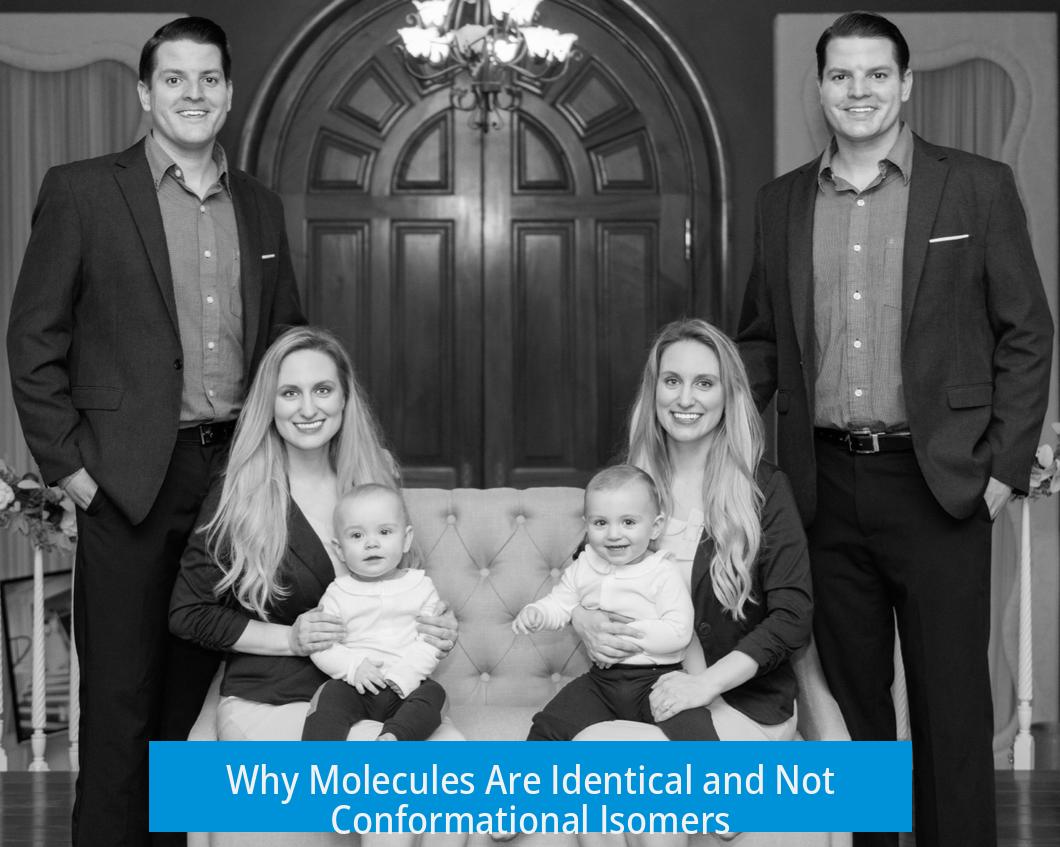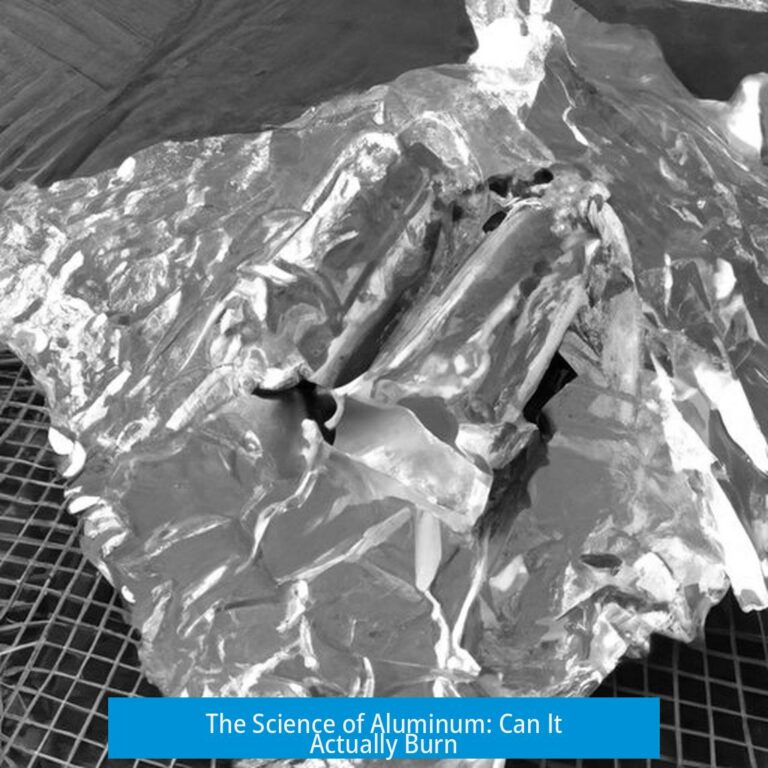Why Are These Molecules Considered Identical and Not Conformational Isomers?
These molecules are considered identical because they differ only by rotation around a single sigma bond, which allows free movement of their groups in space. This rotation changes the spatial arrangement without creating a new molecule or a true isomer.
Rotation Around Sigma Bonds Enables Free Movement
Single bonds, also called sigma bonds, permit free rotation. This rotation causes different spatial arrangements known as conformations but does not change the molecule’s identity. For example, when a carbon-carbon sigma bond rotates, the substituents around that bond move relative to each other, generating multiple conformers of the same molecule.
Differences Arise from Bond Rotation, Not Different Molecules
When two molecules show a difference due to a 120° rotation around a single bond, they remain the same compound. Consider groups such as chlorine, methyl, and hydrogen positioned differently after the rotation. The rotation shifts each group’s position—such as chlorine moving forward on a wedge and hydrogen moving into the plane—but these changes do not produce distinct molecules, only different spatial arrangements.
Interconversion Shows They Are Not Distinct Molecules
Interconversion of group positions by rotation demonstrates identity. For example:
- Chlorine wedge to chlorine dash
- Methyl dash to methyl in the plane
- Hydrogen in the plane to hydrogen wedge
If all three groups are interconverted, the molecule returns to its original form. Changing only two results in altered stereochemistry, indicating a different molecule.
Terminology: Why Not Call Them Isomers?
The term “conformational isomers” can be misleading. These structures are better described as conformers or rotamers of the same molecule. True isomers differ in connectivity or fixed stereochemistry, not single bond rotations. Thus, calling them conformers emphasizes their identical molecular identity despite differences in shape.
Using Models Enhances Understanding
Working with molecular models or 3D visualization tools helps grasp free rotation and conformations. Physically rotating models shows how substituents move and clarify that these changes do not create new molecules but only conformational variants.
Key Takeaways
- Rotation about sigma bonds allows free movement, resulting in conformers, not different molecules.
- Differences in spatial arrangement come from bond rotation, not from forming new compounds.
- Interconverting all groups by rotation proves molecular identity.
- Conformers or rotamers are preferred terms over conformational isomers for such cases.
- Model kits or 3D tools effectively illustrate the concept of free rotation and molecular identity.
1. Why are these molecules not considered different isomers?
They differ only by rotation around a single sigma bond. This free rotation allows atoms to change positions without making new molecules. They remain the same compound, just in different spatial arrangements.
2. How does bond rotation demonstrate that these molecules are identical?
Rotating the bond 120° changes the positions of groups, like hydrogen or chlorine, but the molecular structure stays unchanged. The groups swap places through rotation, showing the molecules are the same.
3. What is the difference between conformers and conformational isomers?
Conformers are different spatial forms of the same molecule caused by bond rotation. The term “conformational isomers” is often misleading, since these forms are not different molecules but rotamers of one molecule.
4. How can modeling kits help understand molecular identity?
Model kits or 3D models let you see how groups move with bond rotation. This visual aid clarifies why rotations don’t create new molecules but different conformations of the same molecule.
5. Can partial swapping of groups during rotation change the molecule?
No, changing positions of all involved groups returns the molecule back to its original form. Swapping only two groups flips stereochemistry, which would create a different molecule.





Leave a Comment